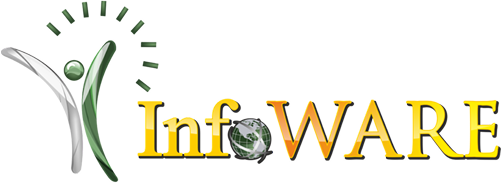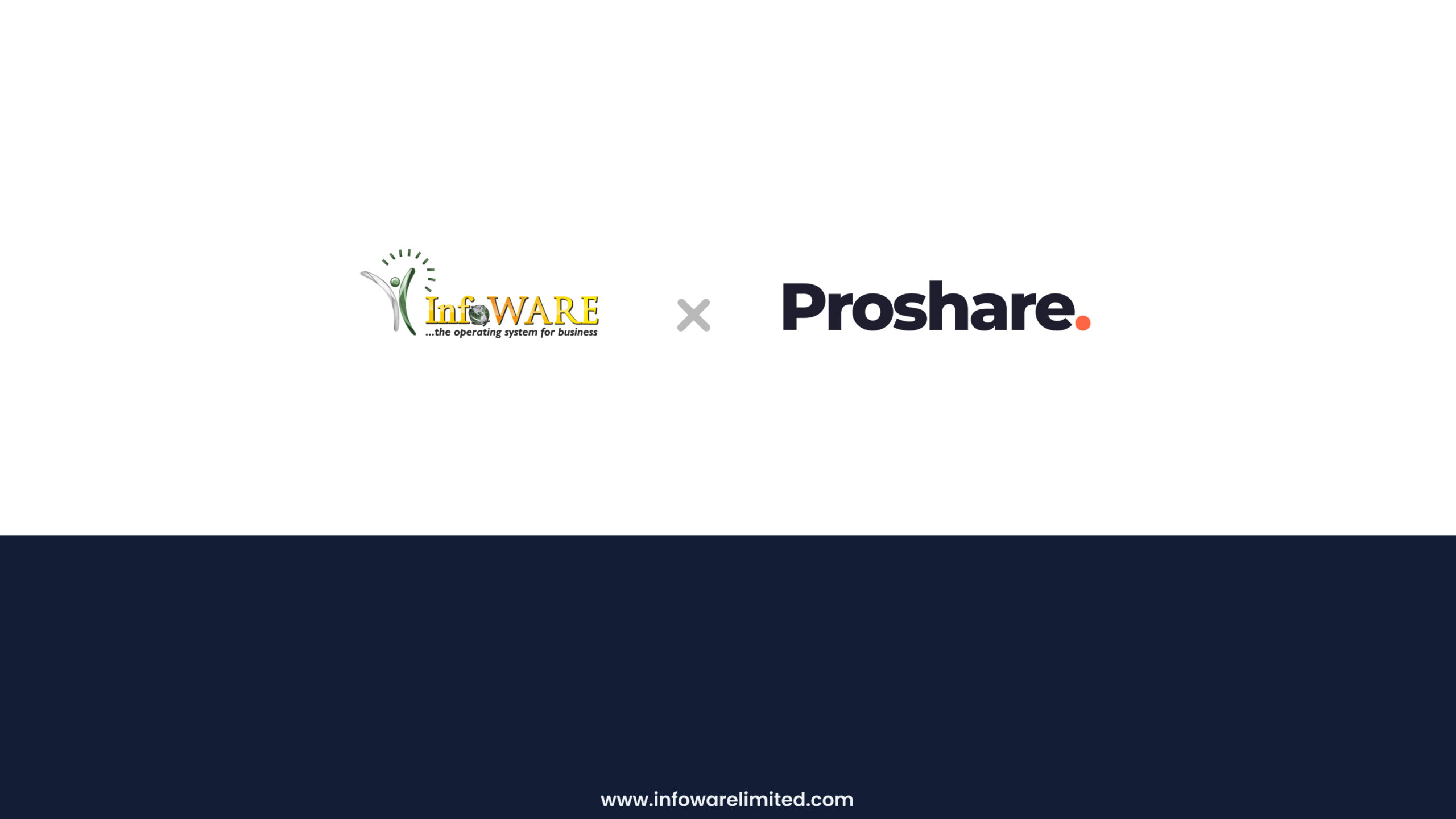
Picture this: Everything’s going well at your organization. Colleagues are getting along with each other. Teams are hitting their goals. Employees feel inspired by leadership. And communication is direct and clear.
That’s the scenario most businesses want for the workplace, but small issues with employees can often snowball into large problems if they aren’t dealt with quickly.
Challenges are sure to arise in every business and every job role, the hurdles that HR personnel face differs every day and helps them be better professionals. These can range from company norms, employee grievances, new hires, etc. However, amidst these numerous obstacles, some HR challenges are more distinct.
Therefore, to handle this enormous responsibility, an HR professional must be empowered with the right solutions to effectively manage the employees in an organization.
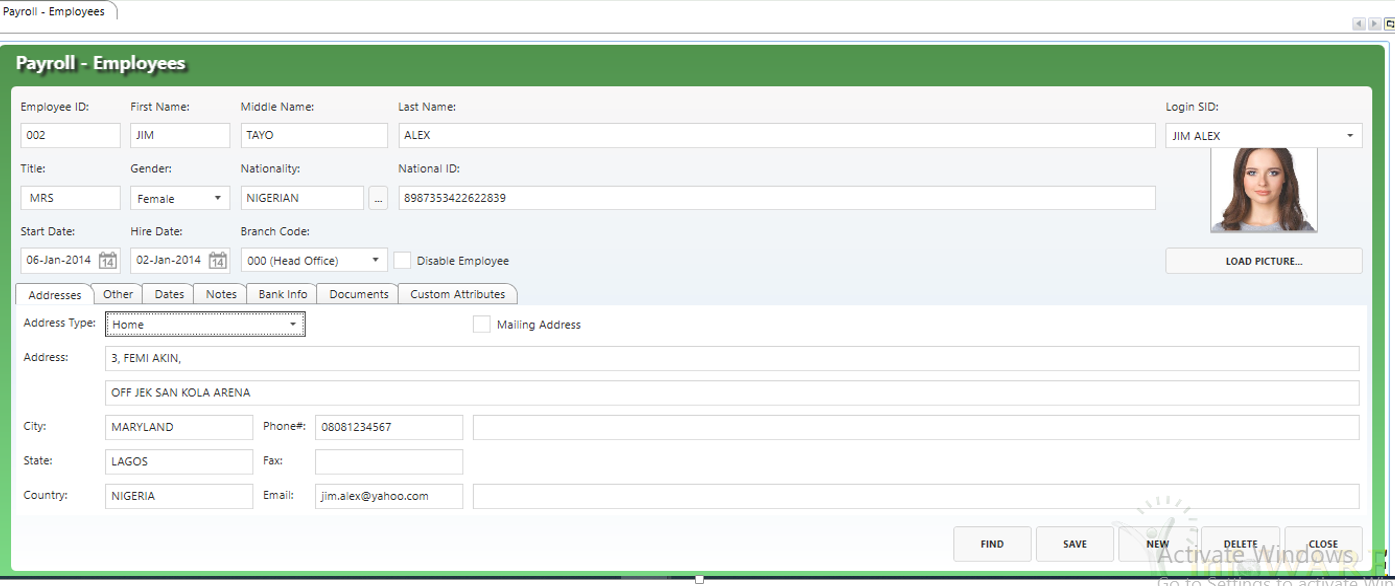
Attracting the best candidates and making the most of your existing talent are challenges many human resource managers are familiar with. To find and retain top-performing employees with the right combination of skills, competency, experience, work ethic and attitude, it’s important that you position your company as an employer of choice, and encourage staff engagement.
It’s important to know common HR issues can be resolved and the right policies/procedures are put in place. The InfoWARE HR/Payroll module puts into consideration the various complexities of employee benefits, employment laws, trainings, exist, leadership development, which helps stay ahead of the competition and meet your business goals.
Human resource management is a process that can be broken down into specific activities: job analysis, writing job descriptions, hiring, orientation, training, employer/employee interactions, performance appraisal, compensation, and discipline.
Human resource management (HRM) is the practice of recruiting, hiring, deploying and managing an organization’s employees.
HRM is employee management with an emphasis on those employees as assets of the business.
A company is only as good as its employees, making HRM a crucial part of maintaining or improving the health of the business.
Today the face of HR is often a portal, rather than a person. Almost all firms now provide universal access to HR services through technology and web-based applications, dramatically changing the practice of human resource management. These changes often result from the need to cut costs and expand or improve services. Recent research shows organizations that successfully adopt sophisticated HR technology tools outperform those that do not.
One of the most significant changes in the practice of HRM has been the “democratization” of HR data—the rapid expansion of access to such data by groups inside and outside the organization. As recently as a few years ago, only HR staff members worked with personnel data. Today, employees, managers, health insurers, workers’ compensation carriers, senior executives, job applicants and even regulatory agencies have access. But with all these different types of users come different needs. For example, executives use summary data from the system to aid in strategic decision-making, and applicants draw initial impressions of the organization from the corporate recruiting website.
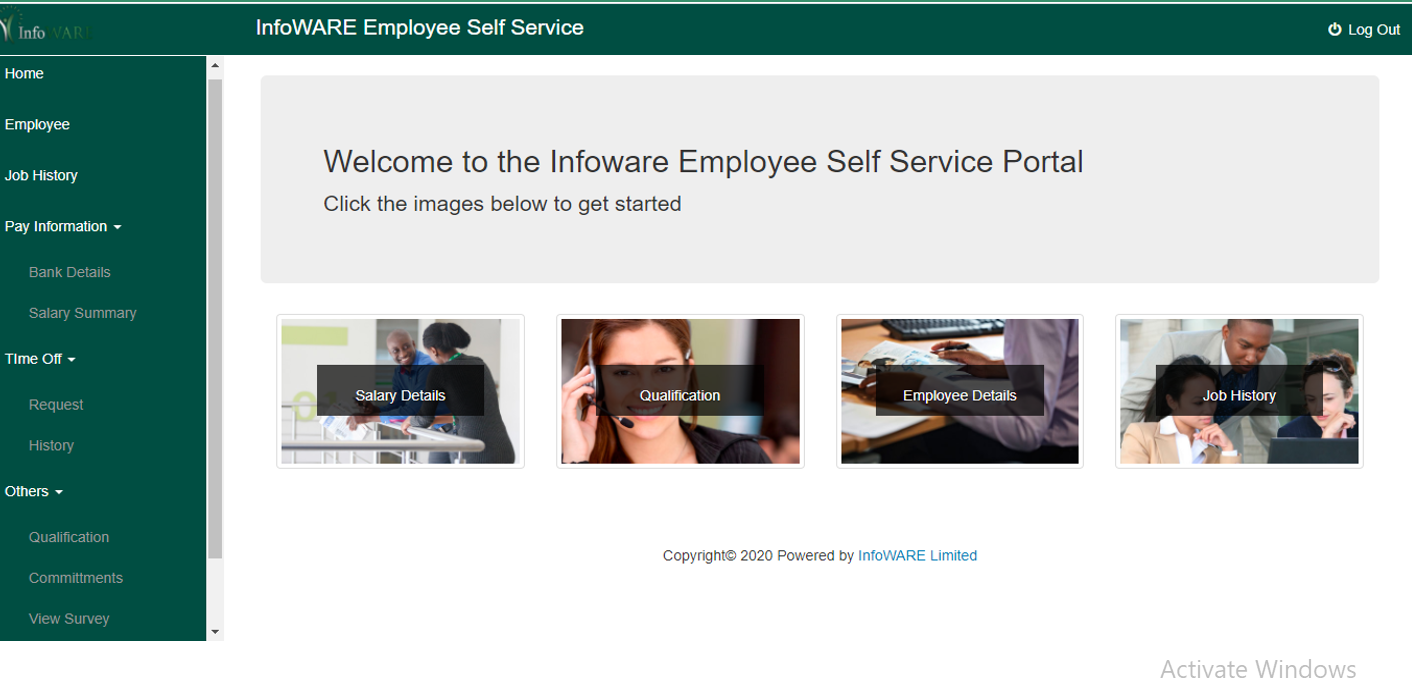
Benefits
- Employee Data Confidentiality using appropriate access control configuration
- Easily identify and control risks using the system automated processes
- Employee Self-Service Portal and Adaptive Training Menu
- Improve the speed and accuracy of Payroll processing
- Easy Payroll Management Templates
- Eliminate sources of human error for faster delivery
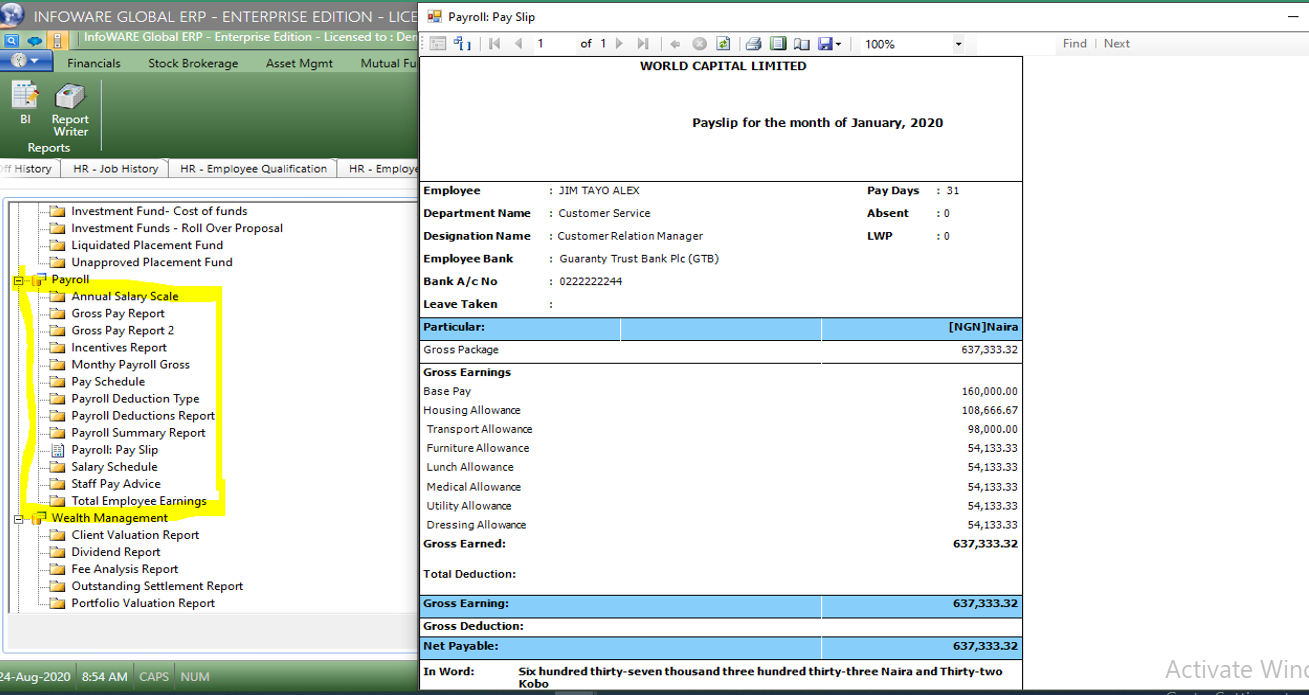
On training or how to configure this module, kindly contact your Account Manager
